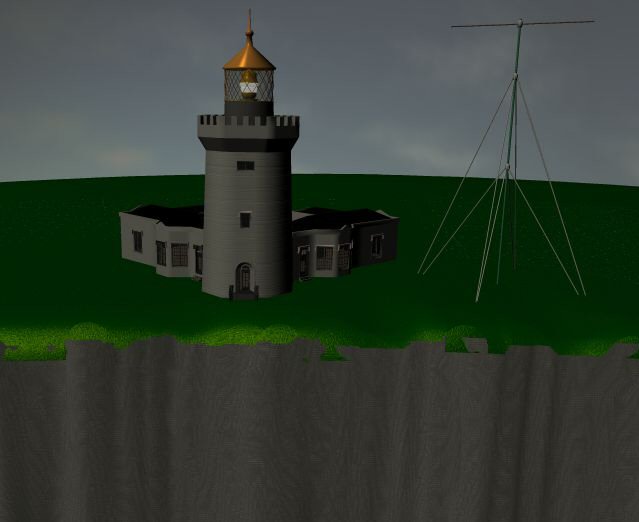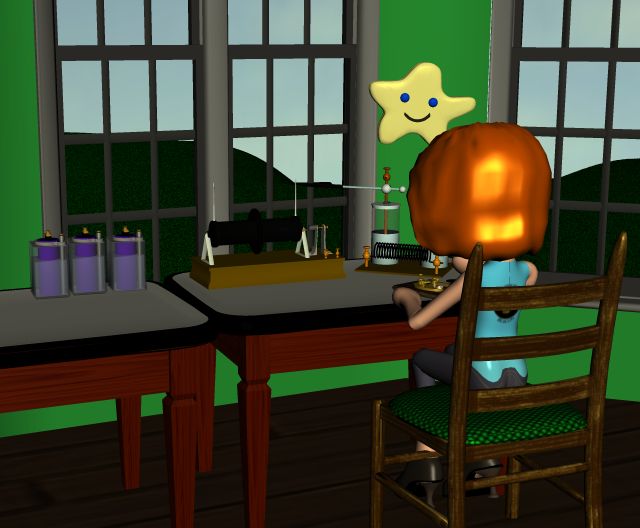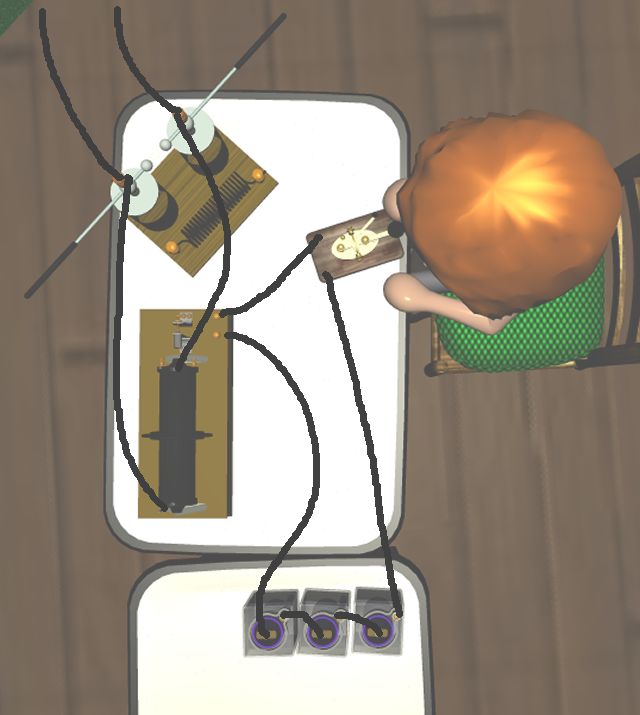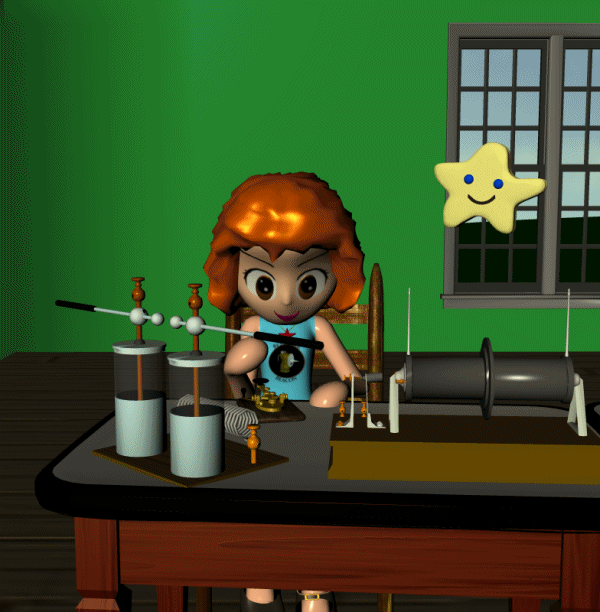Sunday, October 24, 2021
Reprint on Trinity House
I linked this in previous item. Feels like time for a reprint....
= = = = = START REPRINT:
Continuing on the theme of Trinity House, the guardian of true beacons and true science. Trinity has been running for 500 years without ever losing its sidereal focus. We need to build a new Trinity House.
 With Trinity funding, Marconi used South Foreland lighthouse on the White Cliffs for his experiments with radio.
With Trinity funding, Marconi used South Foreland lighthouse on the White Cliffs for his experiments with radio.
 Here's a look at Marconi's transmitter in one of the wings of Foreland, based loosely on a few pics and diagrams.
Here's a look at Marconi's transmitter in one of the wings of Foreland, based loosely on a few pics and diagrams.
 There are three pieces. Two are derived from telegraphs and clocks, one is new for wireless. I'm not showing the connecting wires here to avoid confusion.
There are three pieces. Two are derived from telegraphs and clocks, one is new for wireless. I'm not showing the connecting wires here to avoid confusion.
 On the left, batteries provide low voltage with high current to the primary of the Transformer.
A transformer works by expanding and contracting the magnetic field. As the primary builds up, its field pushes through the windings of the secondary, developing a current in each turn. If the secondary has more turns than the primary, the output will have higher voltage.
In order to keep the field rising and falling, the Hammerbreak (more familiarly buzzer) operates by negative feedback like a clock pendulum. It begins with a closed switch, causing the magnet to charge up. As the field strengthens, it pulls the Hammer in toward the magnet, opening the switch. As the field collapses, it allows the Hammer to fall back toward the contact, closing again. The inertia of the field and the inertia of the Hammer maintain a steady frequency.
The high voltage AC from the secondary terminals goes directly to the Leyden Jars (capacitors) which are connected by another inductor. The spark is maintained by the high voltage from the secondary. A spark generates a wide range of frequencies. The capacitors tend to shunt the higher frequencies toward ground, and the inductor shorts out the lower frequencies, leaving only the middle frequencies undamped. This form of resonator (a pi-section tank) is still used on transmitters in the tube and transistor eras.
Here I've added the wires in somewhat schematic form. The key breaks the circuit between the batteries and the primary, and the Hammerbreak also breaks the circuit much faster while the key is down. The high voltage secondary goes directly to the spark gap, where the capacitors and inductor narrow down the frequency; then the somewhat tuned output goes up to the antenna.
On the left, batteries provide low voltage with high current to the primary of the Transformer.
A transformer works by expanding and contracting the magnetic field. As the primary builds up, its field pushes through the windings of the secondary, developing a current in each turn. If the secondary has more turns than the primary, the output will have higher voltage.
In order to keep the field rising and falling, the Hammerbreak (more familiarly buzzer) operates by negative feedback like a clock pendulum. It begins with a closed switch, causing the magnet to charge up. As the field strengthens, it pulls the Hammer in toward the magnet, opening the switch. As the field collapses, it allows the Hammer to fall back toward the contact, closing again. The inertia of the field and the inertia of the Hammer maintain a steady frequency.
The high voltage AC from the secondary terminals goes directly to the Leyden Jars (capacitors) which are connected by another inductor. The spark is maintained by the high voltage from the secondary. A spark generates a wide range of frequencies. The capacitors tend to shunt the higher frequencies toward ground, and the inductor shorts out the lower frequencies, leaving only the middle frequencies undamped. This form of resonator (a pi-section tank) is still used on transmitters in the tube and transistor eras.
Here I've added the wires in somewhat schematic form. The key breaks the circuit between the batteries and the primary, and the Hammerbreak also breaks the circuit much faster while the key is down. The high voltage secondary goes directly to the spark gap, where the capacitors and inductor narrow down the frequency; then the somewhat tuned output goes up to the antenna.
 Finally, the whole thing in operation.
Finally, the whole thing in operation.
 Inventions don't come from theories. Like all parts of life, inventions come from PURPOSES. Inherent dreams and wishes, or perceived needs. Wireless was a perpetual dream, first documented around 300 BC. It had to wait for a long series of materials and techniques, evolved through clocks and telegraphs. None of this development came from theories. Some useful theories came from the development.
= = = = =
Footnote on Marconi, since I normally avoid the Great Names. In some ways he was similar to our tech IPO founders. Young, fairly wealthy, extroverted and charismatic. Other industry founders at the same time were older. The Great Names in the auto industry were around 40 when they founded their eponymous companies. They had already established a career in bicycles or carriages or locomotives. But Marconi was distinctly different from Zuck and Bezos and Elon. He was modest and cautious, always building on previous experience and crediting previous experience. In other words he was an engineer, not a stock scammer.
= = = = = END REPRINT.
Inventions don't come from theories. Like all parts of life, inventions come from PURPOSES. Inherent dreams and wishes, or perceived needs. Wireless was a perpetual dream, first documented around 300 BC. It had to wait for a long series of materials and techniques, evolved through clocks and telegraphs. None of this development came from theories. Some useful theories came from the development.
= = = = =
Footnote on Marconi, since I normally avoid the Great Names. In some ways he was similar to our tech IPO founders. Young, fairly wealthy, extroverted and charismatic. Other industry founders at the same time were older. The Great Names in the auto industry were around 40 when they founded their eponymous companies. They had already established a career in bicycles or carriages or locomotives. But Marconi was distinctly different from Zuck and Bezos and Elon. He was modest and cautious, always building on previous experience and crediting previous experience. In other words he was an engineer, not a stock scammer.
= = = = = END REPRINT.
 With Trinity funding, Marconi used South Foreland lighthouse on the White Cliffs for his experiments with radio.
With Trinity funding, Marconi used South Foreland lighthouse on the White Cliffs for his experiments with radio.
 Here's a look at Marconi's transmitter in one of the wings of Foreland, based loosely on a few pics and diagrams.
Here's a look at Marconi's transmitter in one of the wings of Foreland, based loosely on a few pics and diagrams.
 There are three pieces. Two are derived from telegraphs and clocks, one is new for wireless. I'm not showing the connecting wires here to avoid confusion.
There are three pieces. Two are derived from telegraphs and clocks, one is new for wireless. I'm not showing the connecting wires here to avoid confusion.
 On the left, batteries provide low voltage with high current to the primary of the Transformer.
A transformer works by expanding and contracting the magnetic field. As the primary builds up, its field pushes through the windings of the secondary, developing a current in each turn. If the secondary has more turns than the primary, the output will have higher voltage.
In order to keep the field rising and falling, the Hammerbreak (more familiarly buzzer) operates by negative feedback like a clock pendulum. It begins with a closed switch, causing the magnet to charge up. As the field strengthens, it pulls the Hammer in toward the magnet, opening the switch. As the field collapses, it allows the Hammer to fall back toward the contact, closing again. The inertia of the field and the inertia of the Hammer maintain a steady frequency.
The high voltage AC from the secondary terminals goes directly to the Leyden Jars (capacitors) which are connected by another inductor. The spark is maintained by the high voltage from the secondary. A spark generates a wide range of frequencies. The capacitors tend to shunt the higher frequencies toward ground, and the inductor shorts out the lower frequencies, leaving only the middle frequencies undamped. This form of resonator (a pi-section tank) is still used on transmitters in the tube and transistor eras.
Here I've added the wires in somewhat schematic form. The key breaks the circuit between the batteries and the primary, and the Hammerbreak also breaks the circuit much faster while the key is down. The high voltage secondary goes directly to the spark gap, where the capacitors and inductor narrow down the frequency; then the somewhat tuned output goes up to the antenna.
On the left, batteries provide low voltage with high current to the primary of the Transformer.
A transformer works by expanding and contracting the magnetic field. As the primary builds up, its field pushes through the windings of the secondary, developing a current in each turn. If the secondary has more turns than the primary, the output will have higher voltage.
In order to keep the field rising and falling, the Hammerbreak (more familiarly buzzer) operates by negative feedback like a clock pendulum. It begins with a closed switch, causing the magnet to charge up. As the field strengthens, it pulls the Hammer in toward the magnet, opening the switch. As the field collapses, it allows the Hammer to fall back toward the contact, closing again. The inertia of the field and the inertia of the Hammer maintain a steady frequency.
The high voltage AC from the secondary terminals goes directly to the Leyden Jars (capacitors) which are connected by another inductor. The spark is maintained by the high voltage from the secondary. A spark generates a wide range of frequencies. The capacitors tend to shunt the higher frequencies toward ground, and the inductor shorts out the lower frequencies, leaving only the middle frequencies undamped. This form of resonator (a pi-section tank) is still used on transmitters in the tube and transistor eras.
Here I've added the wires in somewhat schematic form. The key breaks the circuit between the batteries and the primary, and the Hammerbreak also breaks the circuit much faster while the key is down. The high voltage secondary goes directly to the spark gap, where the capacitors and inductor narrow down the frequency; then the somewhat tuned output goes up to the antenna.
 Finally, the whole thing in operation.
Finally, the whole thing in operation.
 Inventions don't come from theories. Like all parts of life, inventions come from PURPOSES. Inherent dreams and wishes, or perceived needs. Wireless was a perpetual dream, first documented around 300 BC. It had to wait for a long series of materials and techniques, evolved through clocks and telegraphs. None of this development came from theories. Some useful theories came from the development.
= = = = =
Footnote on Marconi, since I normally avoid the Great Names. In some ways he was similar to our tech IPO founders. Young, fairly wealthy, extroverted and charismatic. Other industry founders at the same time were older. The Great Names in the auto industry were around 40 when they founded their eponymous companies. They had already established a career in bicycles or carriages or locomotives. But Marconi was distinctly different from Zuck and Bezos and Elon. He was modest and cautious, always building on previous experience and crediting previous experience. In other words he was an engineer, not a stock scammer.
= = = = = END REPRINT.
Inventions don't come from theories. Like all parts of life, inventions come from PURPOSES. Inherent dreams and wishes, or perceived needs. Wireless was a perpetual dream, first documented around 300 BC. It had to wait for a long series of materials and techniques, evolved through clocks and telegraphs. None of this development came from theories. Some useful theories came from the development.
= = = = =
Footnote on Marconi, since I normally avoid the Great Names. In some ways he was similar to our tech IPO founders. Young, fairly wealthy, extroverted and charismatic. Other industry founders at the same time were older. The Great Names in the auto industry were around 40 when they founded their eponymous companies. They had already established a career in bicycles or carriages or locomotives. But Marconi was distinctly different from Zuck and Bezos and Elon. He was modest and cautious, always building on previous experience and crediting previous experience. In other words he was an engineer, not a stock scammer.
= = = = = END REPRINT.Labels: Trinity House
